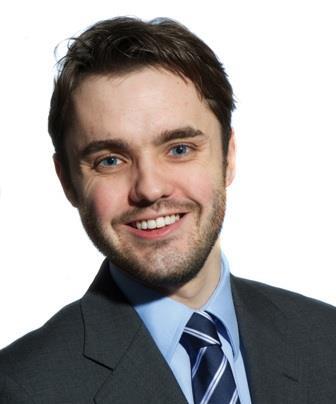Innovation does take time but does not need to be complex

For too long insurance innovation has come about from segmentation rather than creating completely new products. The logic has often been that insurers look for relevant adjacencies to existing books of business citing sufficient underwriting skills as the factor behind making this safe choice. However, the trouble is that every insurer is doing this as they are perceived as minimal risk to a bottom line.
So how can insurers learn to ditch the safe bets and start making calculated risks? While there is no easy solution to this challenge, help may be on the horizon in the form of the newly-created Insurance Innovation Institute (III), which GR has been chosen as the official media partner.
The New York-based III will launch imminently and will be tasked with helping insurers and reinsurers better identify innovations but also educate senior executives on the value of innovation in business process as well as internal strategies.
According to III President Karen Morris there are a few secrets that insurers will need to pay attention to if they are to truly set themselves apart from the rest of the pack in the continuingly competitive industry.
Morris believes that innovation takes time but it doesn’t need to be complex. Scarcity of money won’t necessarily constrain innovation but lack of time will.
However, the problem is that for many companies time is an absolutely non-renewable resource; but, the day-to-day and the relatively predictable core business have immense gravitational pull on time. Time is the most valuable innovation currency. It needs to be spent judiciously in a conscious, structured way, argues Morris.
Breakthrough and disruptive innovations often promise transformation. Sometimes the powerful potential of small, unorthodox challenges to the things we thought we would never change can sometimes be underestimated.
However, not everyone reading this will be ready for strategic innovation. Innovation may be a universally acclaimed corporate imperative but it is a highly contextualised activity. The scale, pace and degree of innovation required are not absolutes but reflections of the current environment and culture. Morris advocates that the goal is to close the gap between where you are and where you want to be.







No comments yet